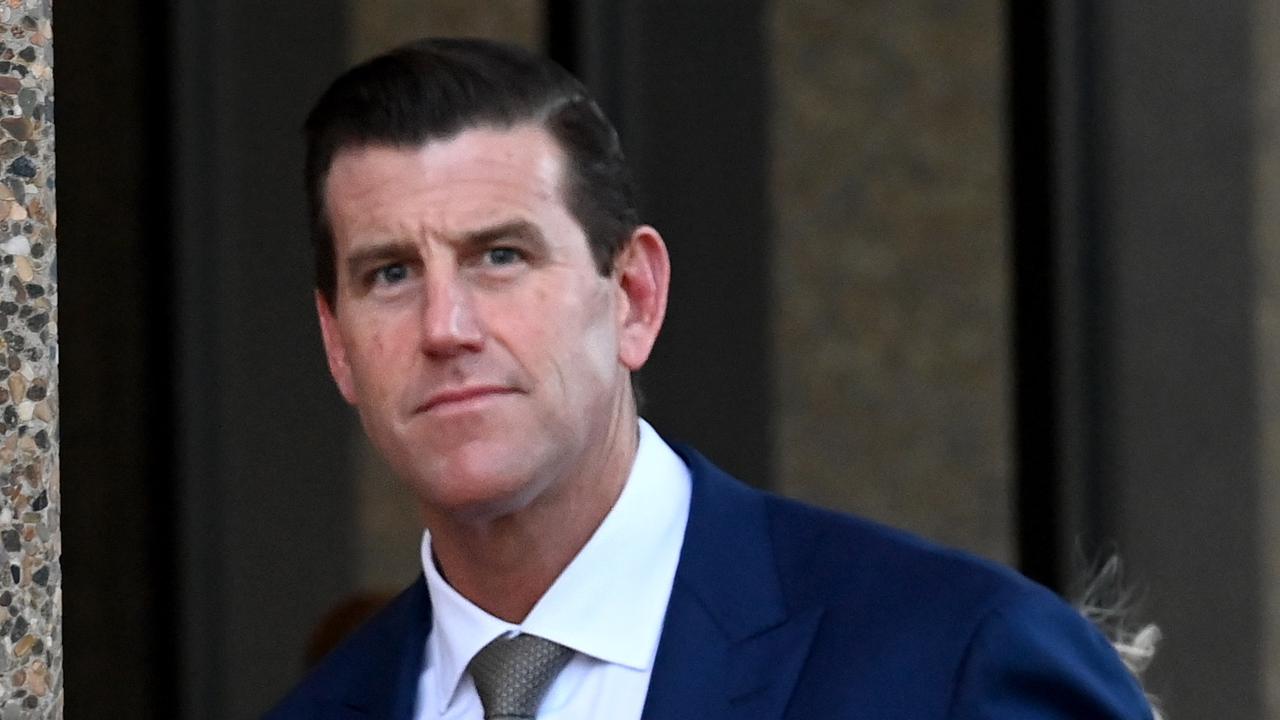Concerns raised about safety of MRH-90 Taipan helicopter, inquiry hears
Australian Defence Force staff had concerns about the ongoing safety of MRH-90 Taipan helicopters in the months before a horror crash left four men dead.
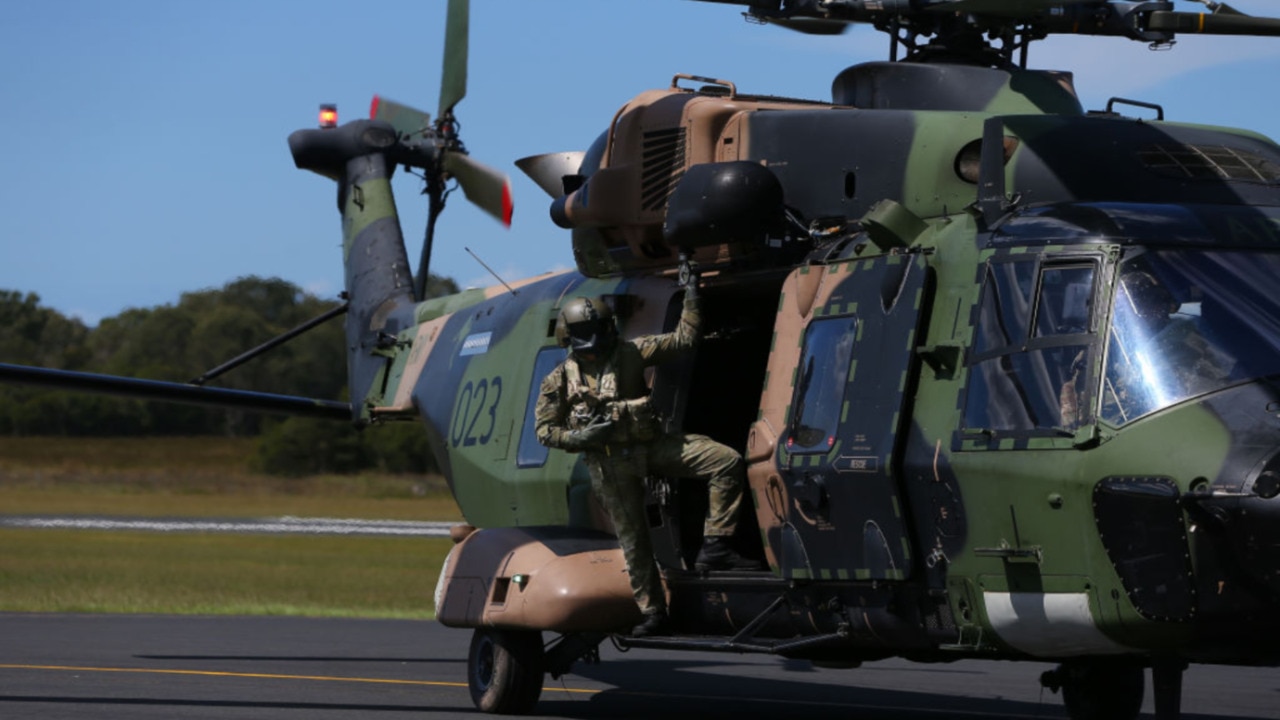
Australian Defence Force aircrew had “little confidence” in the MRH-90 Taipan helicopters in the months leading up to a horror crash which left four men dead after their aircraft ditched into the ocean during a training exercise, an inquiry has been told.
The fifth public hearing into the deaths of Captain Danniel Lyon, Lieutenant Maxwell Nugent, Warrant Officer Class Two Joseph Laycock and Corporal Alexander Naggs continued in Brisbane on Monday.
The four men had been assigned to fly their MRH-90 Taipan helicopter, with the call sign Bushman 83, during Exercise Talisman Sabre in July 2023.
However, during the exercise the aircraft suddenly ditched into the ocean south of Hamilton Island off the North Queensland coast on July 28.
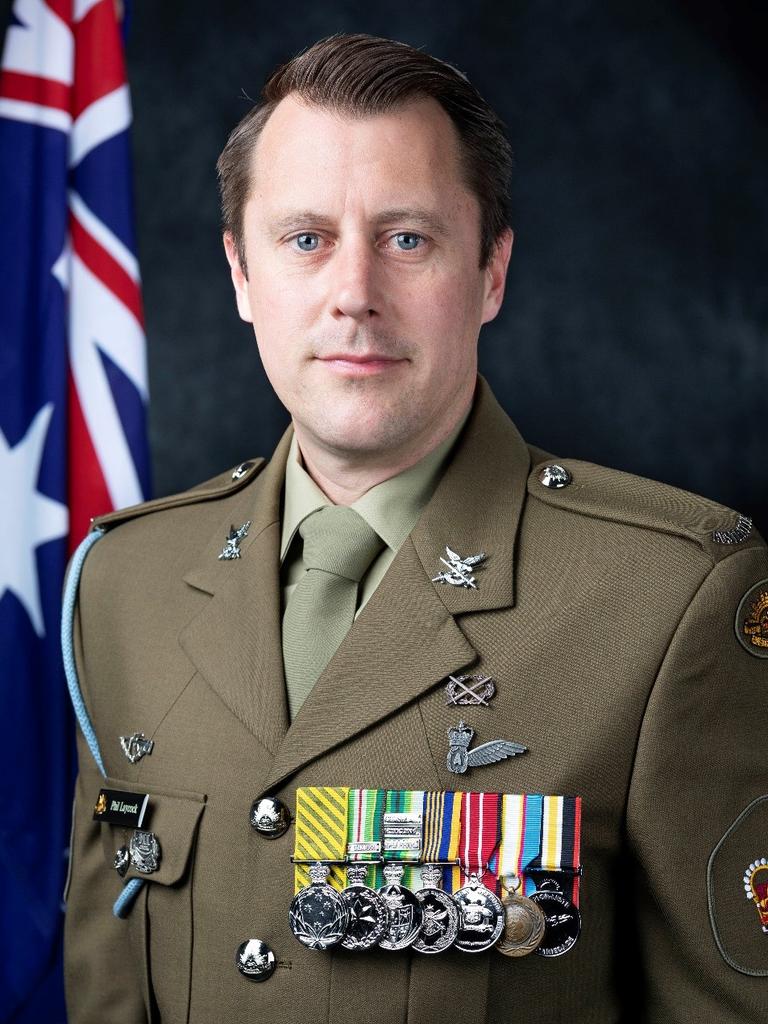

All four men were killed in the crash.
The aircraft was flying in formation with three other helicopters in a nocturnal training mission while they waited for the call to collect other officers from Lindeman Island in Queensland.
But when Bushman 83 climbed suddenly before pitching nose down towards the water, things went tragically wrong when it crashed and splintered on impact.

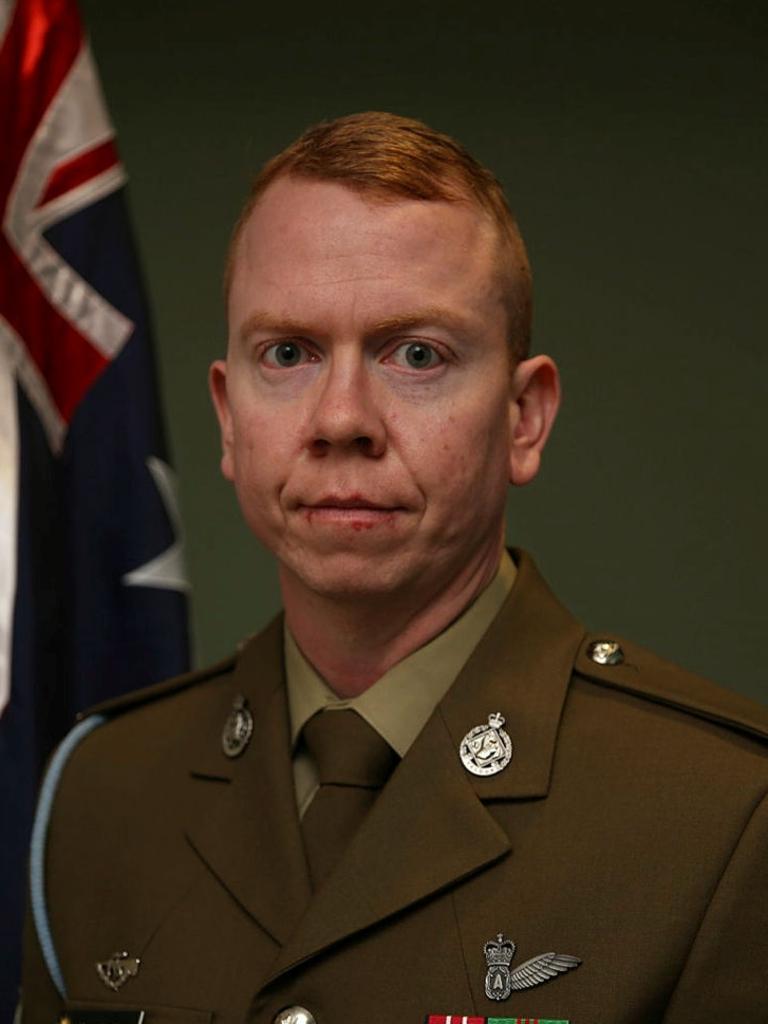
An independent inquiry into the fatal incident, headed up by former judge Margaret McMurdo, entered its fifth public hearing in Brisbane on Monday, in a bid to learn more about the crash and possible contributing factors.
An aviation safety officer, known as D8, gave evidence about his involvement in flying in the failed mission during Exercise Talisman Sabre on Monday.
D8, who cannot be identified for legal reasons, told the inquiry he had previously held concerns about the safety of the MRH-90 fleet, especially after a ditching incident in Jervis Bay four months earlier in March 2023.
The Jervis Bay incident occurred while the army was taking part in counter-terrorism exercises.
D8 told the inquiry he had “very little confidence” in the aircraft because he was worried there were unknown issues or problems that crewmen weren’t told about or weren’t known.
“The doubts I had with the technical airworthiness system … for me where I sat as a flight supervisor, I had concerns that there were other faults that were known that … that as operators … we didn’t know about,” D8 said.
D8 said he never formally raised his concerns about the aircraft but had spoken about it regularly with colleagues.
He further explained it was common for the procedure manual to change without notice and it was up to each person to be aware of those updates and changes.
“It’s challenging, its very hard to keep up with the changes at times,” D8 said.
“If I found changes, due to all the busyness, I would send an email out to all the aircrew men.
“It’s challenging at times to make sure everyone was aware of the changes.”
However, he explained that before a formation was carried out, it would be protocol to ensure everyone involved in the exercise would do a “set of orders” to be brought into alignment before the flight.
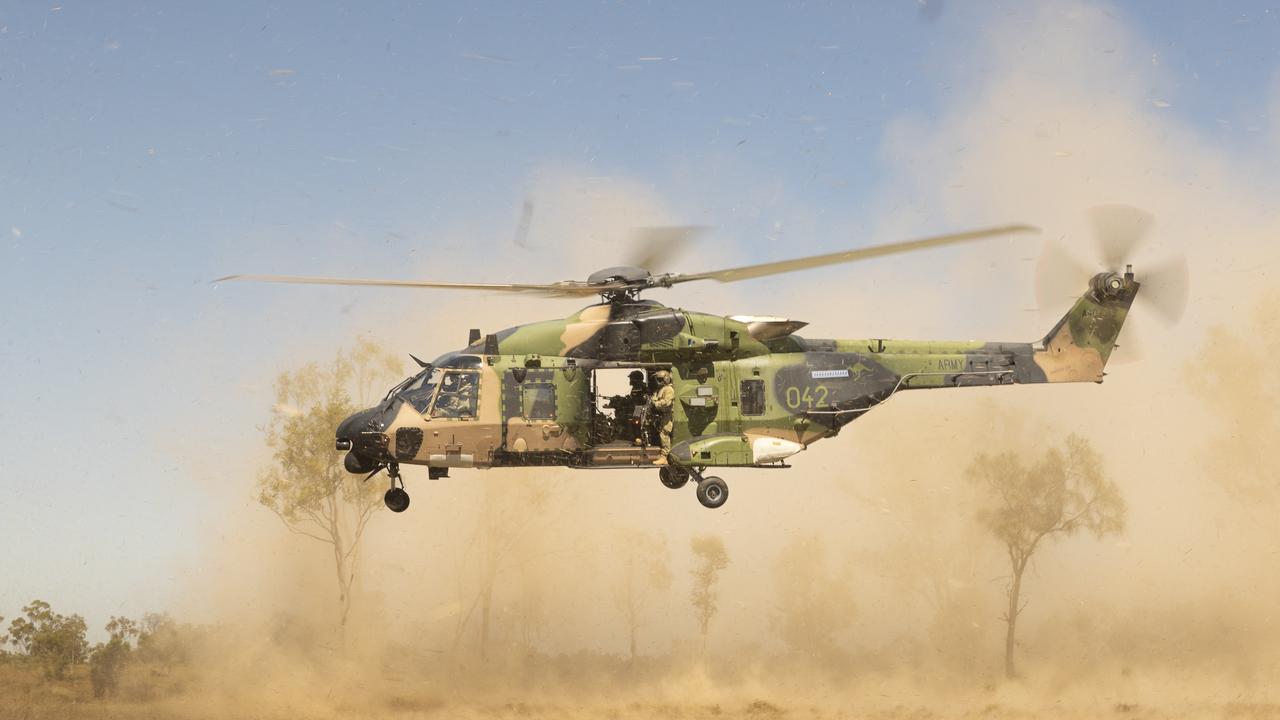
One of the aircrew who was on-board Bushman 82 during the exercise – referred to as D7 because he can’t be legally identified – told the inquiry he saw an “initial flash” while in the air but wasn’t fully aware of what the cause was.
The inquiry was told Bushman 83 was flying behind Bushman 82 in the formation.
Bushman 81 and 82, which was carrying D7, had been “banking to the left to avoid rain showers” when the words “pull up, pull up 83” was heard over the internal communication system.
D7 told the inquiry it was during this moment he’d observed a large flash of yellow light from his window and immediately began to open the aircraft’s door to get a better view of what was going on.
“I think my head started to put together what was happening so I opened the door,” he said.
“I thought we may have shot a flare into 83.”
The inquiry was told Bushman 81 and 82 had been equipped with flares, and it was D7’s immediate thought that one might have been activated by pilot action.
He said he saw “large waves” in the water before hearing “fallen angel” over the communications and realised an aircraft was down.
The inquiry was told Bushman 81 and 82 then flew to Lindeman Island before flying to Proserpine to refuel before returning to the incident site to search for Bushman 83 for three hours.
D7 said while he was “looking for survivors”, he spotted strobe lights in the water.
He said at first he thought they were the lights from a person in the water indicating their location but “unfortunately it wasn’t”.
“I think it was the light preserver, it was water activator,” he said, explaining the light quickly sunk.
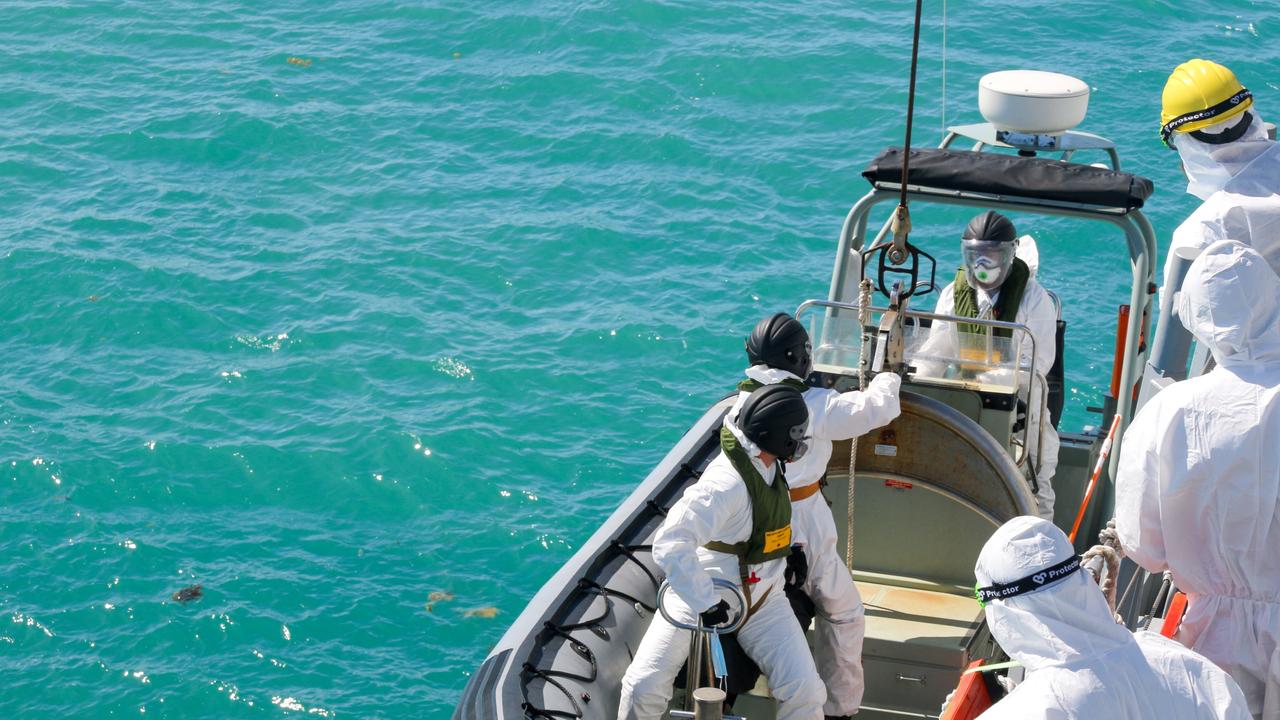
When D7 was asked about how many technical issues with the MHR-90 he’d encountered during his time working on the aircraft, he replied the number of problems “ebbed and flowed”.
“Sometimes you could go months without an issue but it was fairly consistent,” he said.
“It created a bit more stress under time restraints … (especially) if you have to move to another craft (because of the issue).”
D7 had worked with all four officers who died during the exercise but fondly remembered Lieutenant Nugent as “very impressive”.
“I would refer to him as walking flight manual,” D7 said.
“I believe he was a great pilot and would have gone a long way in air force aviation.”
He said Corporal Naggs was “a dedicated and knowledge aircrew” who was “reliable, experienced, (and) loved aviation.
“I would take on any advice he would give me,” D7 said.
Aircrewman, known as D12, was assigned to fly on Bushman 84 during the mission and told the inquiry he recalled the moment the Bushman 83 hit the water.
The inquiry was told D12 had seen a “massive white splash” through his night vision goggles before watching the aircraft “disintegrate almost immediately into the water”.
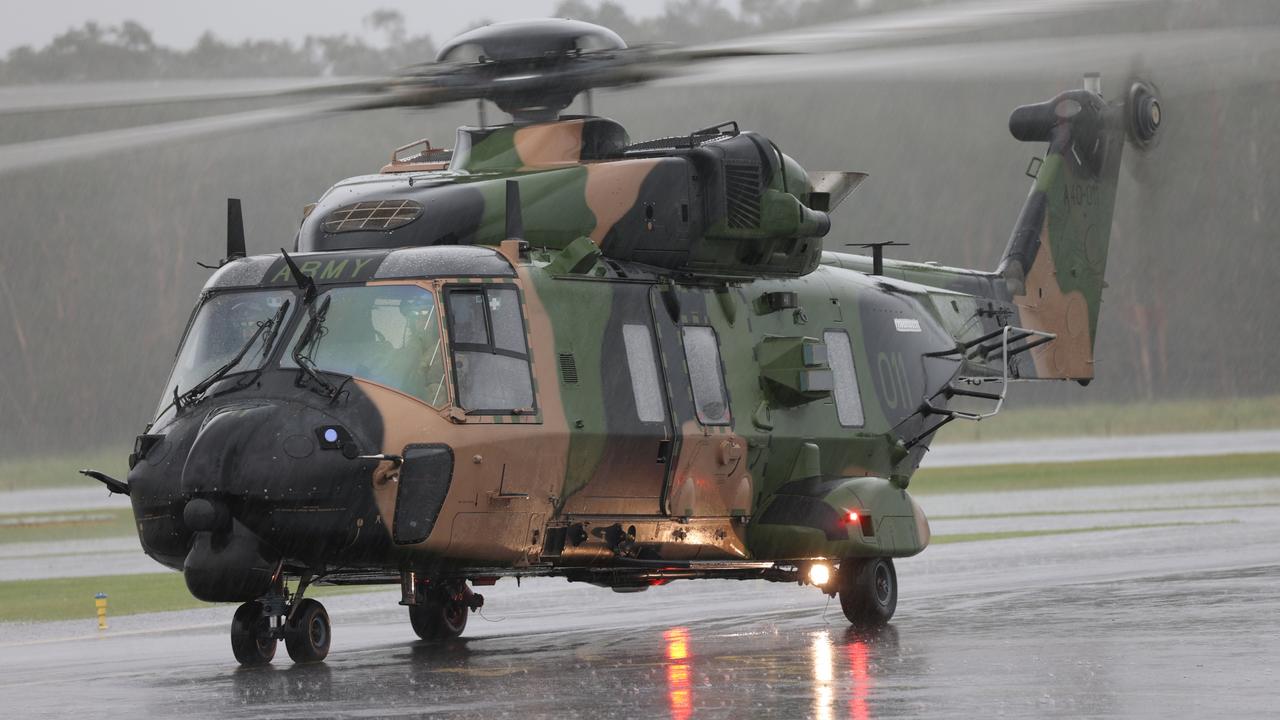
D12 told the inquiry he had recalled crew on-board Bushman 84 had been commentating “three to five times” on how Bushman 83 was flying slightly higher than those aircraft at the front of the formation during the exercise.
“Being in Bushman 84 you always have better observation of the formation as whole, it’s easier to comment,” he said.
When asked whether these comments were shared with the other aircraft, D12 said it was only mentioned “internally in our aircraft”.
“We make it a habit not to get in their cockpit,” he said.
“They were never unsafe.
“It (the comments) wasn’t a concerning tone I could recall, it was simply a comment.”
D12 also gave evidence about the planning that went into the mission, including the decision to have the doors of the aircraft closed during the mission.
He said the weather had played a major factor.
“It was agreed upon, to my knowledge the doors, would be open for a couple of minutes prior to arrival of Lindeman Island,” he said.
“Due to weather for the comfort levels of the crew in the back (of the aircraft).
“With the rain and the wind that was in the area, it can become very uncomfortable in the back flying at fast speeds when its cold and wet.
“You can start to lose dexterity when it starts to become too cold.”
D12 said the official wet weather gear used by officers was not effective to keep people dry and warm.
He said he knew some colleagues had been making requests for better wet weather equipment for “three to four years at least” prior to the fatal crash.
The inquiry continues.





